SOURCE: RAUNAK KUNDE / NEWS BEAT / IDRW.ORG.
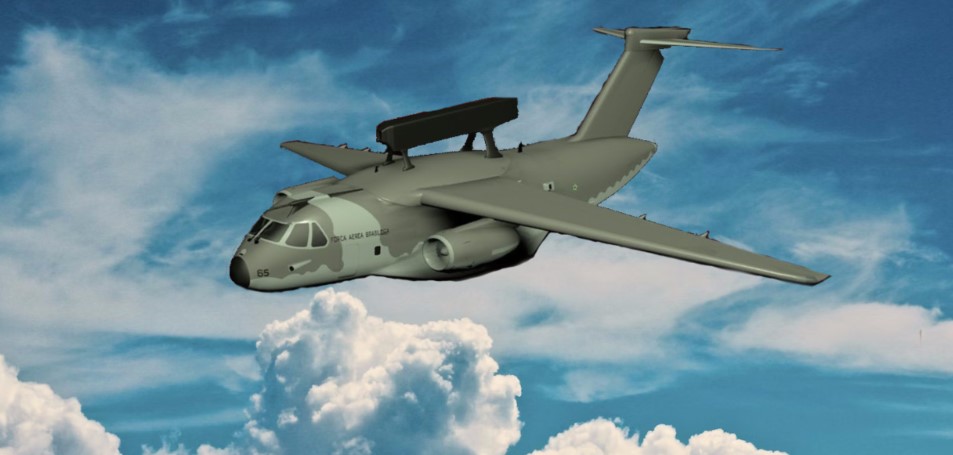
The Indian Air Force (IAF) is looking to purchase 60-80 Medium Transport Aircraft (MTA) to be used as Medium Haul Transporters, for which it has already solicited bids from international aerospace companies that might agree to jointly manufacture them in the country under Transfer of Technology (ToT).
idrw.org has learned that whichever is selected will be used as a platform for the development of flight refuelling aircraft (FRA) and airborne early warning and control (AEW&C) as it plans to have more indigenous platforms to beef up its requirements as Chinese PLAAF expands its fleet of Force Multipliers.
Continue readingSOURCE: RAUNAK KUNDE / NEWS BEAT / IDRW.ORG.
Indian Navy inducted MiG-29K supersonic air dominance fighters in 2010 but will get rid of the entire fleet of around 41 jets from service by 2025 onwards with less than 25 years of service in the fleet due to severe built quality issues with the jets that often requires periodic inspections at regular small intervals.
MiG-29K came with a 25-year design life of 6,000 hours and with a life extension programme it could have served Indian Navy for another 10-15 years but idrw.org has learned that the Navy has no such plans to enhance the service span for the fleet and instead entire fleet will be scrapped after retirement.
Continue readingSOURCE: RAUNAK KUNDE / NEWS BEAT / IDRW.ORG.
Due to the banking system’s inability to clear payments for new equipment, the Indian Armed Forces have already hinted at low procurement plans for Russian-developed equipment for this fiscal year.
Economic sanctions imposed by the West on Russia’s banking system have resulted in payment gateways being blocked and the procurement of new equipment becoming more difficult. As a result, India is considering indigenizing Russian equipment and procuring Russian technology to advance its programme instead.
Continue readingSOURCE: RAUNAK KUNDE / NEWS BEAT / IDRW.ORG

Germany’s ThyssenKrupp Marine Systems (TKMS) next month will be sending key details of its proposal for local manufacturing of six advanced submarines for the Indian Navy in the country and as per media reports, key aspects will be that these German build submarines will have no room for the incorporation of Indian systems like Air Independent Propulsion (AIP) system developed by DRDO.
TKMS might agree to take responsibility for the delivery schedule of these submarines that will be built by selected Mazagon Dock Shipbuilders Limited and Larsen and Toubro (L&T) at a 4 to 2 ratio if it is built using German technology but the incorporation of the Indian system will affect the delivery program due to extensive trials that might be required to certify them, which is why TKMS will oppose taking any liability for such delays if India insists.
Continue readingSOURCE: RAUNAK KUNDE / NEWS BEAT / IDRW.ORG
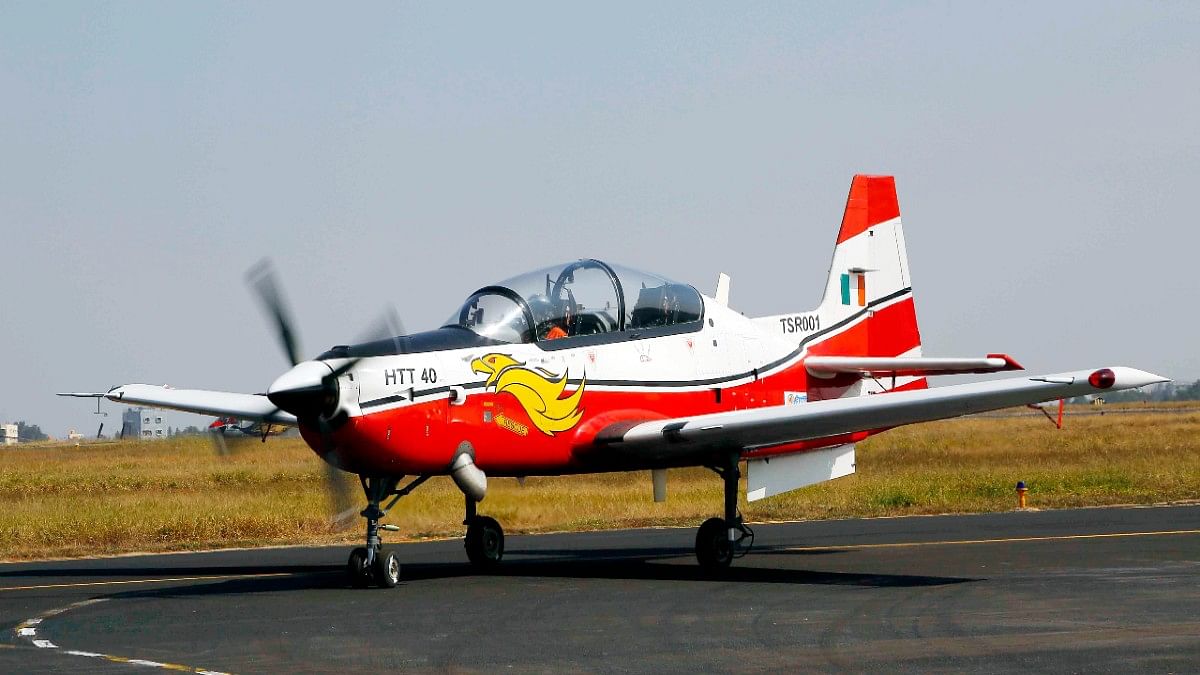
Indian-state-owned Hindustan Aeronautics Limited (HAL) has decided to activate two production plants to produce Hindustan Turbo Trainer-40 (HTT-40) basic trainer aircraft (BTA) with an annual rate of production to reach 20 units from 2026-27 onwards.
HAL plans to start with deliveries of 2 HTT-40 from Q4 2024-25 and ramp it up to 8 for 2025-26 and 20 units from 2026-27 onwards with IAF likely to take place orders for another 38 units around the same time taking total ordered aircraft to 108 units.
Continue readingSOURCE: RAUNAK KUNDE / NEWS BEAT / IDRW.ORG
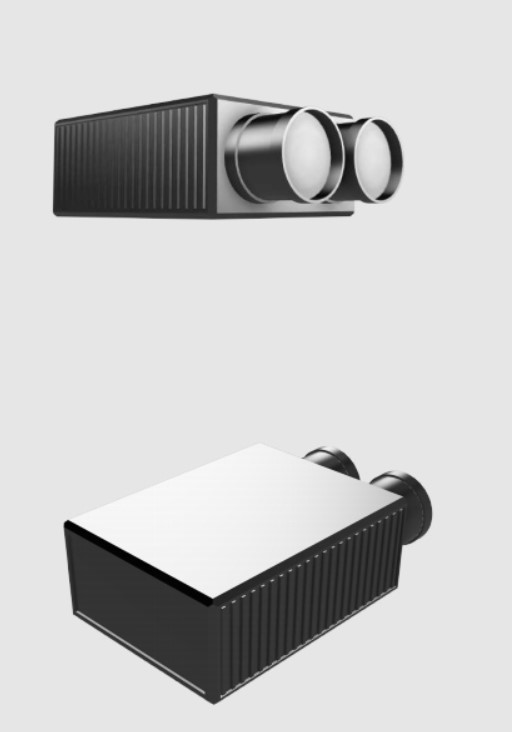
Indian Air Force (IAF) has signed the first iDEX contract for the procurement of ” Gaggan” an extremely high-resolution camera developed by Indian start-up DV2JS to be used for Remotely Piloted Airborne Vehicles.
Gaggan Camera is equipped with a 95 MegaPixel CMOS image sensor which is modular and compact so that can be carried in hand, or mounted on RC-Drone and UAV as it weighs less than 15kgs.
Continue readingSOURCE: RAUNAK KUNDE / NEWS BEAT / IDRW.ORG

The Aeronautical Development Establishment of the DRDO is continuing R&D on the subsonic, 1,500 km-range Indigenous Technology Cruise Missile (ITCM) and earlier this year achieved a much-needed breakthrough after it was able to validate the newly developed small turbofan engine (STFE) in a fresh test from a defence facility off Odisha coast.
ITCM this year was tested with an upgraded mono-pulse X-band Imaging Synthetic Aperture Radar developed by the DRDL and ADE is planning to hold more tests this year for complete range to demonstrate missile capabilities before the technological demonstrator program is officially closed for the development of Long Range Land Attack Cruise Missile (LRLACM).
Continue readingSOURCE: RAUNAK KUNDE / NEWS BEAT / IDRW.ORG
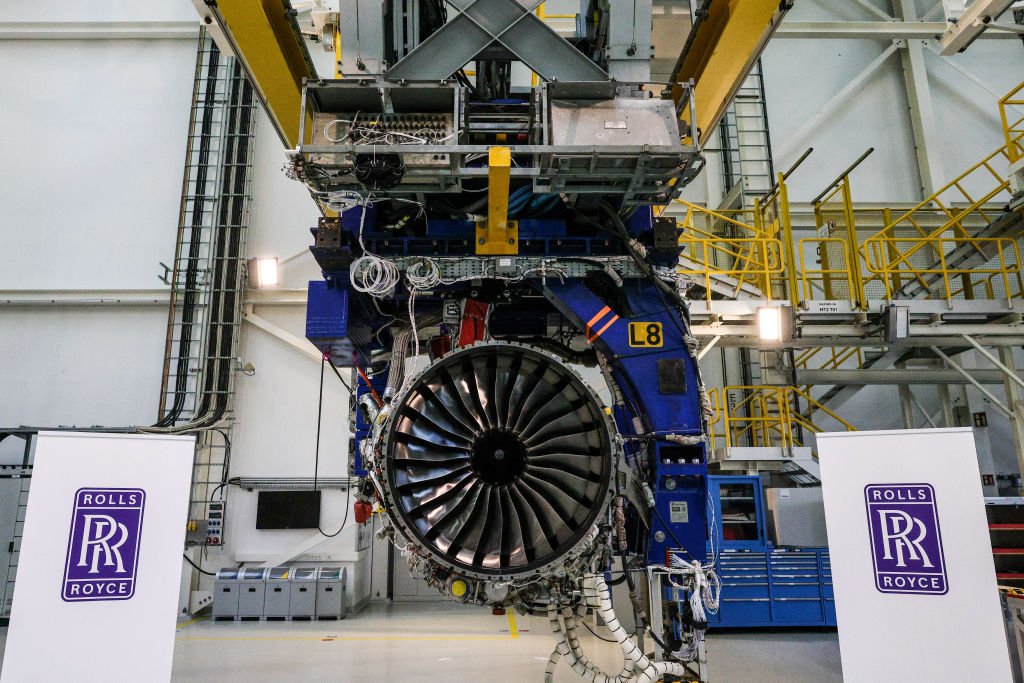
Rolls-Royce has shown its willingness to co-develop a new engine that will not be based on the Eurojet EJ200, a low-bypass turbofan used as the powerplant of the Eurofighter Typhoon and build entirely from scratch so that Intellectual Property (IP) will be owned by India which won’t be the case with EJ200 that was developed by four companies under multi-national engine manufacturing consortium.
EuroJet Turbo GmbH owns Intellectual Property (IP) rights to the EJ200 engines even though this engine can be used to develop a 110-120kN class of engine to power India’s 5th Gen AMCA (Advanced Medium Combat Aircraft) programme but Rolls-Royce doesn’t want other jet manufacture (Avio, Industria de Turbo Propulsores (ITP), MTU Aero Engines) to be part of the program so a clean slate design offer to India.
Continue readingSOURCE: RAUNAK KUNDE / NEWS BEAT / IDRW.ORG
After the Parliamentary standing committee on Defence (SCOD) came hard on Modi Government for lack of progress in the procurement of fighter jets for the Indian Air Force (IAF), the Prime Minister’s Office (PMO) recently had a meeting with the head of DRDO, ADA and HAL and came hard on shifting schedule in the Indigenous Fighter jets program specifically Tejas MkII (17.5 tonnes) and AMCA (24.5 tonnes) program without which IAF Fighter Squadrons levels will be below 10-12 Squadron less than sanctioned strength.
Last September, Cabinet Committee on Security cleared the project to develop Tejas MkII at a cost of over Rs 6,500 crore, in addition to the Rs 2,500 crore earlier sanctioned for it. MkII will succeed fighters like Mirage-2000s, Jaguars and MiG-29s in the Indian Air Force’s combat fleet and PMO has called ADA and HAL to ensure that it enters production by 2028-29 as assured while getting CCS Clearance.
Continue readingSOURCE: RAUNAK KUNDE / NEWS BEAT / IDRW.ORG
In a recent interview with ABP News, Ex-Air Chief Marshal RKS Bhadauria stated that after procuring 5 regiments of S-400 Air Defense System from Russia, the Indian Air Force (IAF) will procure 5 regiments of Defence Research and Development Organisation (DRDO) developed Extended Range Air Defense System (ERADS) with two interceptor missile systems.
ERADS will have an ERSAM (Extended Range Surface to Air Missile) Interceptor missile with a range of 150km for fighter-sized targets and an XRSAM (eXtra Long Range Surface to Air Missile) Interceptor missile with a range of 250km for fighter-sized targets and 350-400km for Force Multiplier size targets like AWACS/FRA.
Continue readingSOURCE: RAUNAK KUNDE / NEWS BEAT / IDRW.ORG
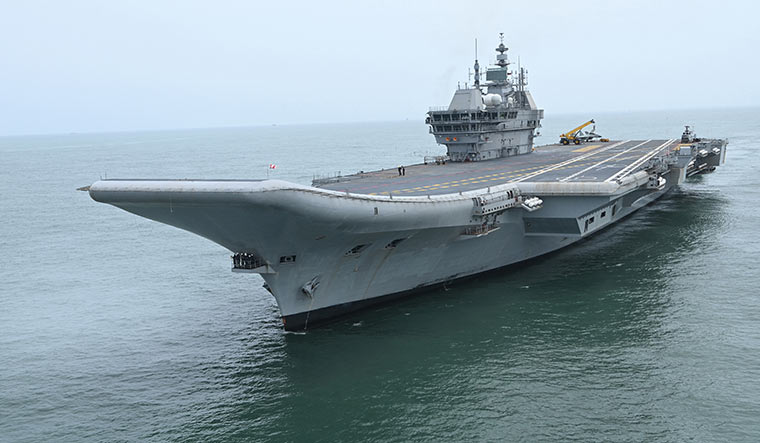
The commanding officer of IAC Vikrant, Vidhyadhar Harke, stated that the plan to have at least three aircraft carriers for securing the Indian coastline was devised in the late 1950s and that India must stick to the plan and work on procuring more Aircraft carriers because India can now make it the country.
Harke recalled that the post-independence Navy desired four aircraft carriers, but the government later agreed to at least three aircraft carriers. India only had two aircraft carriers at most, and the need for a third aircraft carrier has persisted for decades.
Continue readingSOURCE: RAUNAK KUNDE / NEWS BEAT / IDRW.ORG

India’s state-owned Indian Space Research Organisation that is working on a three-stage, reusable rocket called Next-Generation Launch Vehicle (NGLV) will hit its first major milestone when the design of the NGLV will be ready by late this year or early next year.
NGLV is planned to carry a 10-tonne payload to the Geostationary Transfer orbit (GTO) or 20 tonnes to the Low Earth Orbit (LEO) that will help bring down launch cost per kg to $3000 an Industry benchmark set by the SpaceX Falcon 9 heavy-lift launch vehicle.
Continue readingSOURCE: RAUNAK KUNDE / NEWS BEAT / IDRW.ORG
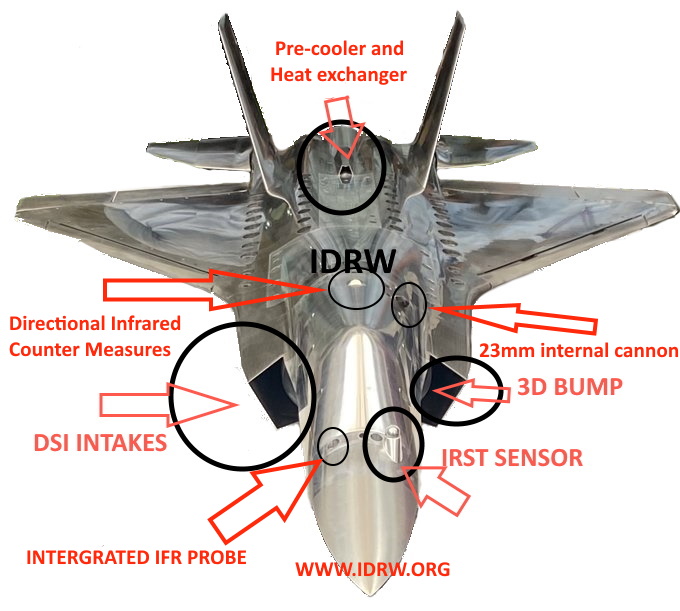
Aeronautical Development Agency has approached Cabinet Committee on Security (CCS) for the over Rs 15,000 crore project to build the fifth-generation advanced medium combat aircraft (AMCA) in the country after final clearance from Indian Air Force after it accepted the critical design review (CDR) recently.
The acceptance of the CDR by the Indian Air Force (IAF) opens the way for ADA to begin releasing drawings for the first few prototypes to HAL and its associated partner in the programme, but CCS approval is required first so that the programme can be infused with funds to begin fabrication and ordering of the components and parts.
Continue readingSOURCE: RAUNAK KUNDE / NEWS BEAT / IDRW.ORG
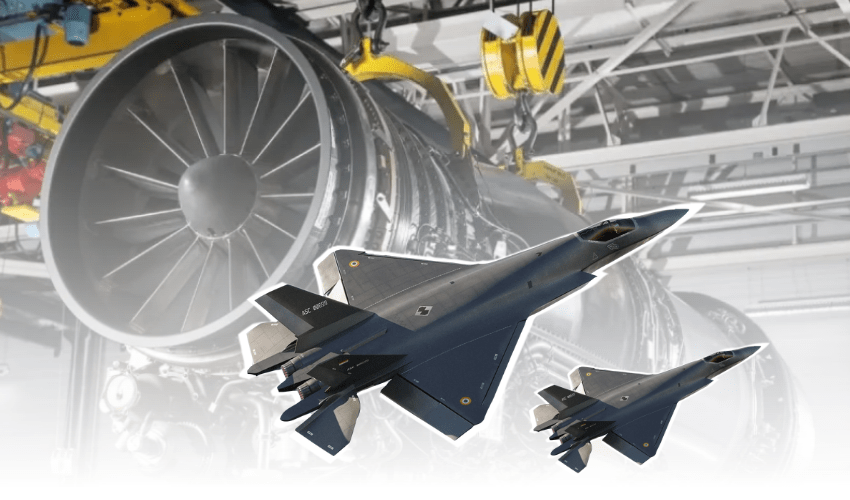
Officials from Rolls-Royce confirmed that it has already received an export license from the UK government for combat engine technology transfer to India for combat engine development with a unique co-creation model in which the Intellectual Property (IP) for this key technology will be developed and owned in India for the AMCA (Advanced Medium Combat Aircraft) programme.
American rival General Electric (GE) also has applied for an export license from the US administration that will pay the way for the co-development of a combat engine for India’s AMCA program and has received support from the US congressman for such programs with India but it is still waiting for clearance.
Continue readingSOURCE: RAUNAK KUNDE / NEWS BEAT / IDRW.ORG
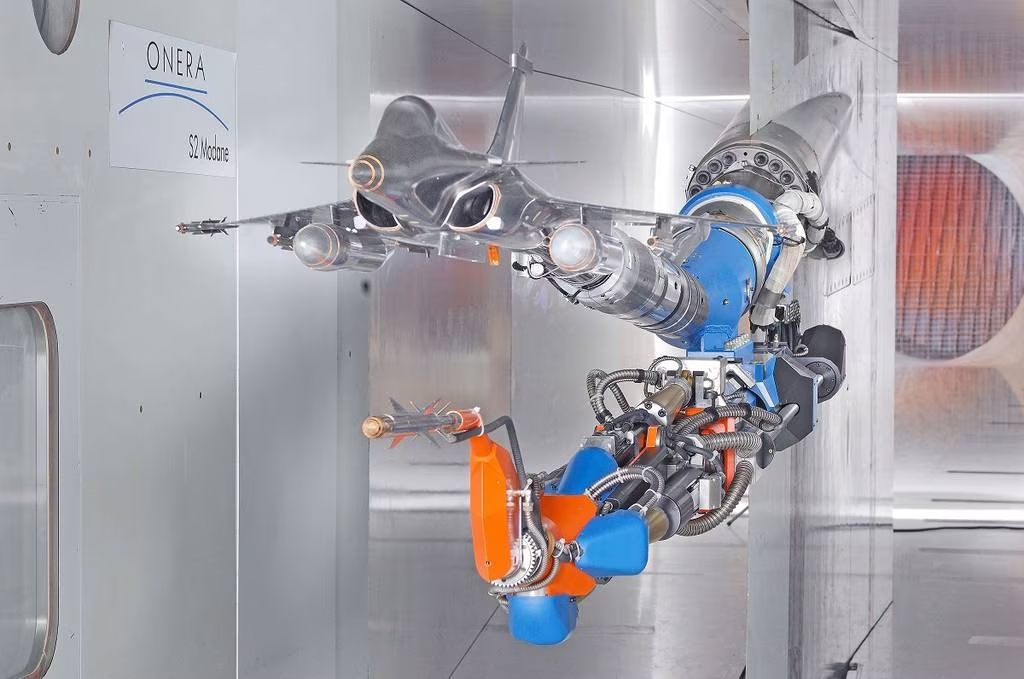
Tejas Mark II will be going through air intake test certification in France in May-June this year at the revered S1MA facility that is operated by France’s aerospace research agency Onera.
Computational fluid dynamics (CFD) are often used to test air intake design to collect data on AOA (angle of attack) and airflow at different speeds but such wind tunnel facilities are used to verify those data before aircraft production commences. S1MA facility is equipped with a Continuous-flow wind tunnel, for Atmospheric, Mach 0.05 to Mach 1 tests.
Continue reading